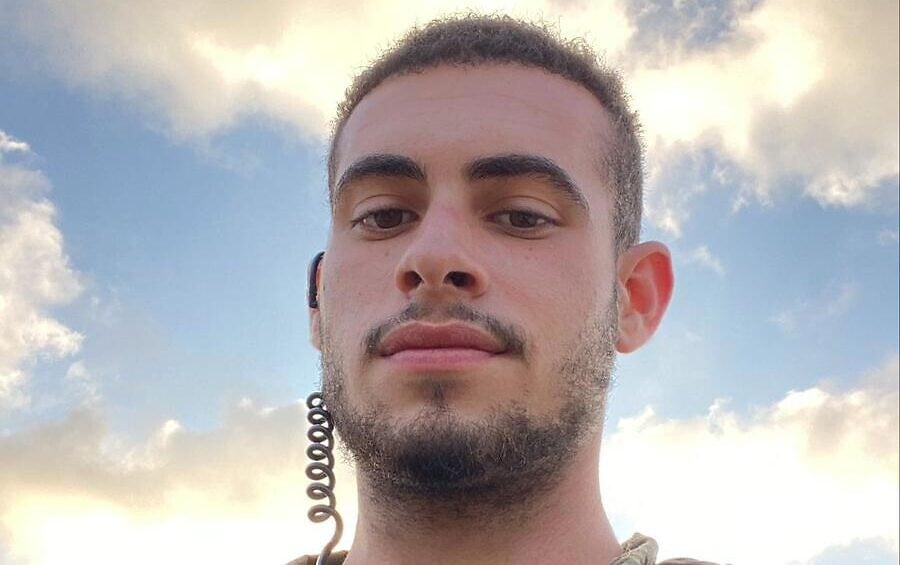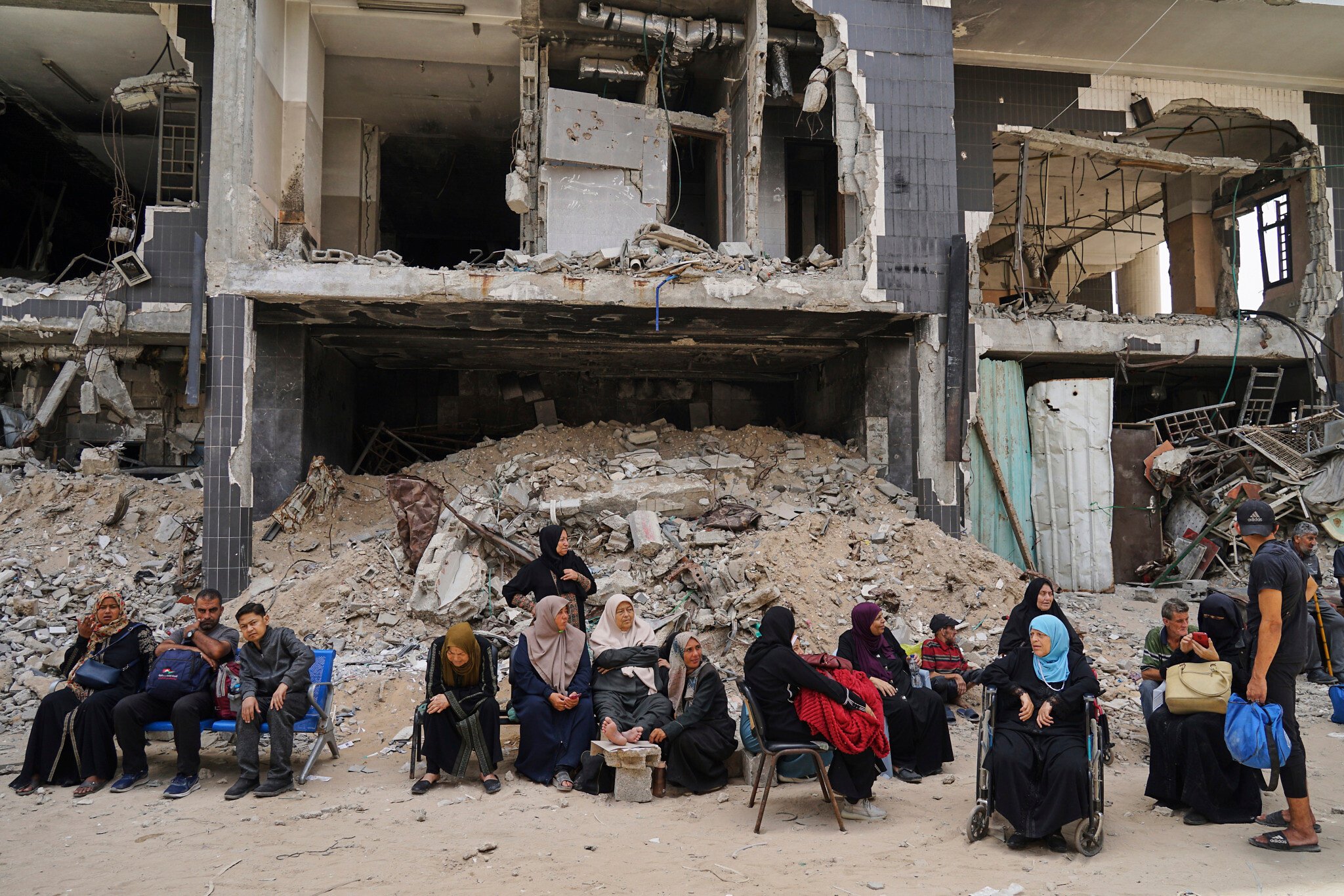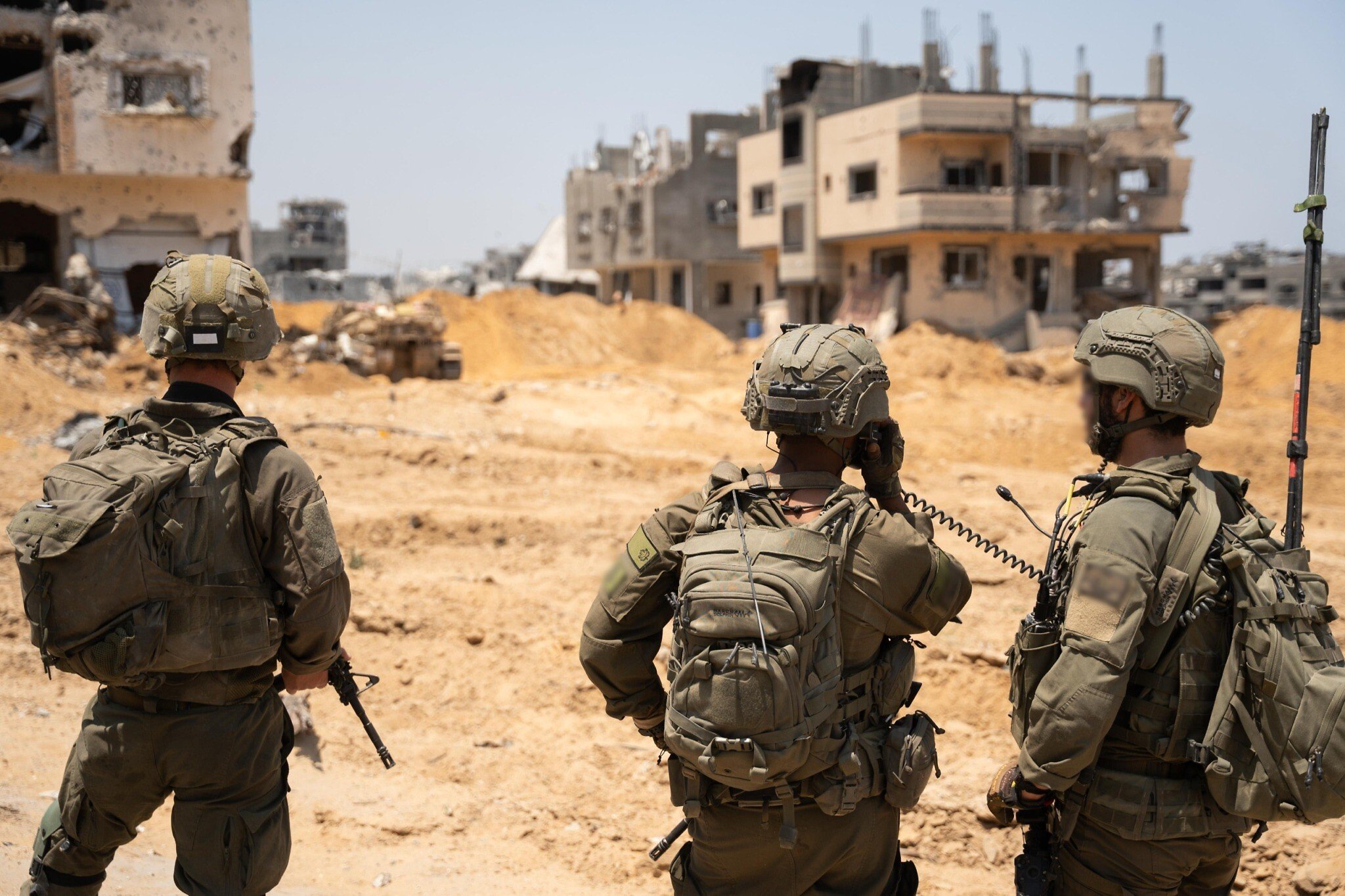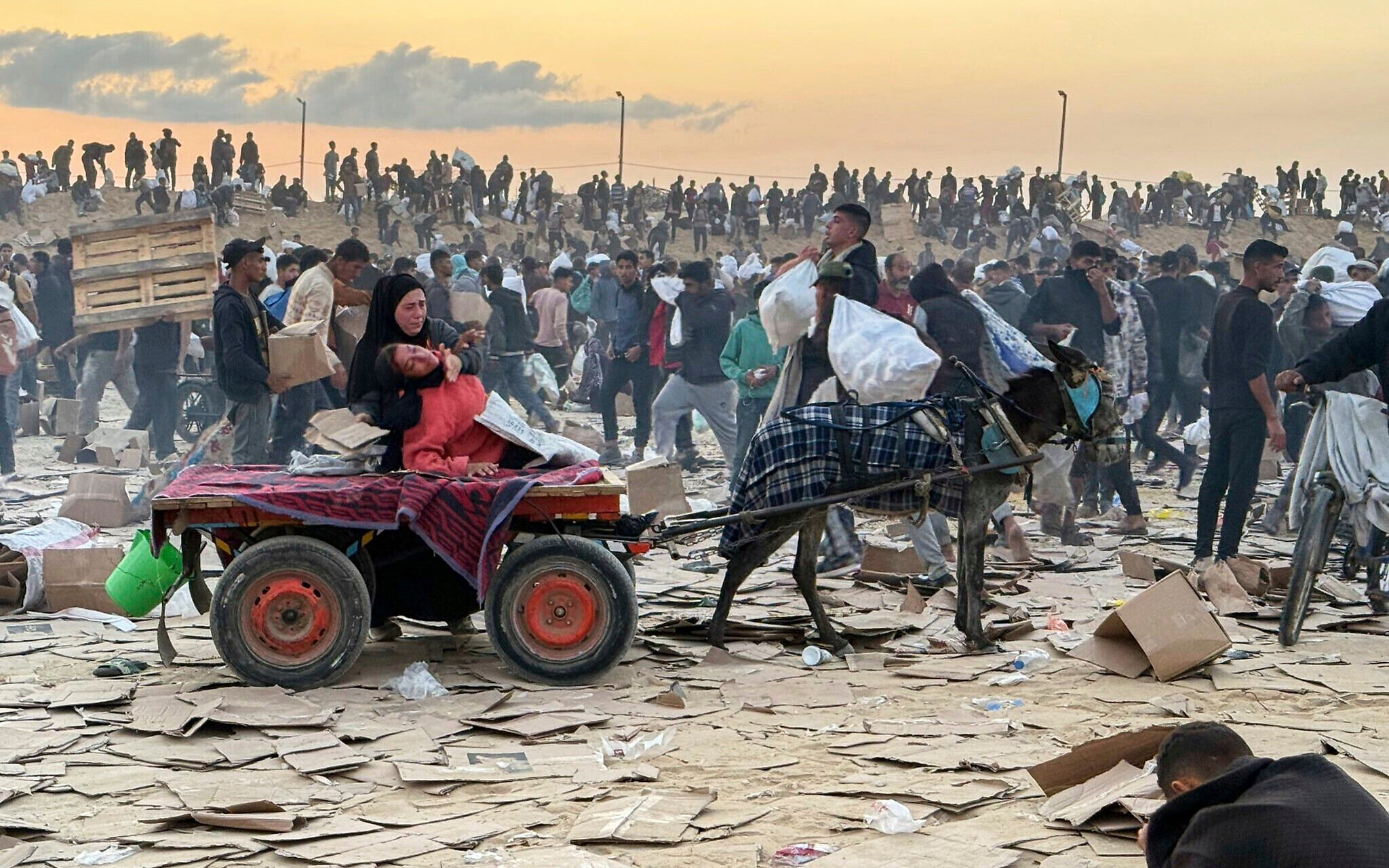



The Israel Defense Forces announced on Friday that Sgt. Yair Eliyahou, 19, from the community of Ezer, a combat engineering soldier in the Gaza Division’s Northern Brigade, was killed overnight during a combat-related operational accident in the northern Gaza Strip.
According to Hebrew media reports, Eliyahou was killed when a heavy equipment vehicle fell into a hole in Beit Hanoun, hitting a vehicle being operated by Eliyahou.
Eliyahou’s death brings Israel’s toll in the ground offensive against Hamas in Gaza and in military operations along the border with the Strip to 443. The toll includes two police officers and three Defense Ministry civilian contractors.
Meanwhile, Israeli strikes overnight on Friday killed at least 15 people in the southern Gaza city of Khan Younis, according to Gaza’s Hamas-linked civil defense agency.
Civil defense official Mohammad al-Mughayyir told AFP that seven people, including a child, were killed in an Israeli air strike on displaced people’s tents near the city.
He added that eight more people were killed in two other strikes on tent encampments on the coast of Khan Younis, including one that killed two children in the early hours of the morning.
The IDF told AFP that it cannot comment on specific attacks without precise coordinates, but noted it is “operating to dismantle Hamas military capabilities.”
The military says it does not deliberately target civilians and notes that Hamas has been using civilian sites, like hospitals, schools and displaced centers, as cover for their operations.
The IDF said Friday that the Air Force struck around 100 terror targets across the Gaza Strip over the past 24 hours as ground forces continue operations against Hamas and other terror groups.
Targets of the air strikes included rocket launchers, military buildings, weapons depots and other infrastructure used by terror operatives.
Simultaneously, IDF ground troops from multiple divisions continued operations in Gaza City, northern Gaza, Khan Younis and Rafah, locating and destroying underground tunnels, weapons stockpiles and explosives planted to harm Israeli forces.
Meanwhile, the World Health Organization said on Friday that Nasser Hospital, also in Khan Younis, is operating as “one massive trauma ward” due to an influx of patients injured at humanitarian distribution sites.
“Already for weeks they’ve seen daily injuries… with (the) majority coming from the so-called safe non-UN food distribution sites,” WHO representative Rik Peeperkorn told reporters in Geneva, apparently referring to sites operated by the controversial US- and Israel-backed Gaza Humanitarian Foundation.
“The hospital is now operating as one massive trauma ward,” he said.
Ravina Shamdasani, the spokesperson for the UN Office of the High Commissioner for Human Rights (OHCHCR), said on Friday that at least 613 killings have been recorded both at aid points run by the GHF and near humanitarian convoys run by other relief groups since the GHF began operating in the Strip in late May.
“This is a figure as of June 27. Since then…there have been further incidents,” she said, adding that the rights office was not able to attribute responsibility for the killings, but that “it is clear that the Israeli military has shelled and shot at Palestinians trying to reach the distribution points” operated by GHF.
According to the OHCHR, of the 613 people killed, 509 were killed near the GHF distribution points, and the others were killed near other aid distribution sites or trucks.
The OHCHR said its figure is based on a range of sources such as information from hospitals, cemeteries, families, Gaza health authorities, NGOs and its partners on the ground. It said it is verifying further reports and cannot yet give a breakdown of where they were killed.
Death tolls provided by Hamas-run Gaza health authorities cannot be independently verified and do not differentiate between combatants and civilians.
The UN Office for the Coordination of Humanitarian Affairs (OCHA) also told Reuters that there have been some instances of violent looting and attacks on truck drivers, which it describes as unacceptable.
GHF operations have been marred by chaotic scenes and near-daily reports of Israeli forces firing on those waiting to collect aid.
The IDF acknowledged earlier this week that Palestinian civilians have been harmed at the aid distribution sites, but that troops only used live fire when a threat was posed to them, including when dozens of suspects approached forces outside of the designated routes to the aid sites operated by the GHF, or outside operating hours.
Other reports have indicated that US contractors operating at the site have opened fire in some instances.
Israel has also accused Hamas of trying to stop Gazans from going the the sites which are designed to stop aid from falling into the hands of the terror group.
The war between Israel and Hamas broke out on October 7, 2023, when Hamas-led terrorists invaded Israel, killing some 1,200 people, mostly civilians, and kidnapping 251. Fifty hostages, including 28 confirmed dead, remain in Gaza.
The Hamas-run Gaza health ministry says more than 53,000 people in the Strip have been killed or are presumed dead in the fighting so far, though the toll cannot be verified and does not differentiate between civilians and fighters. Israel says it has killed some 20,000 combatants in battle as of January and another 1,600 terrorists inside Israel during the October 7 onslaught.
Israel has said it seeks to minimize civilian fatalities and stresses that Hamas uses Gaza’s civilians as human shields, fighting from civilian areas including homes, hospitals, schools and mosques.



